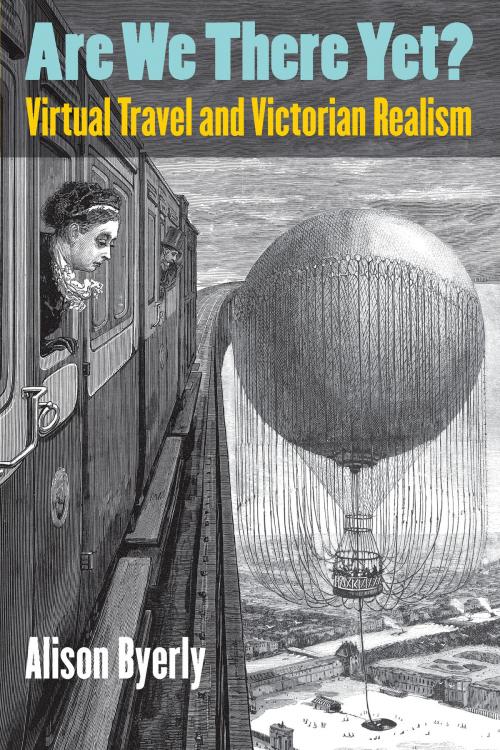Are We There Yet?
Virtual Travel and Victorian Realism
Fiction & Literature, Literary Theory & Criticism, British, Nonfiction, Travel, Adventure & Literary Travel| Author: | Alison Byerly | ISBN: | 9780472028764 |
| Publisher: | University of Michigan Press | Publication: | December 26, 2012 |
| Imprint: | University of Michigan Press | Language: | English |
| Author: | Alison Byerly |
| ISBN: | 9780472028764 |
| Publisher: | University of Michigan Press |
| Publication: | December 26, 2012 |
| Imprint: | University of Michigan Press |
| Language: | English |
Are We There Yet? Virtual Travel and Victorian Realism connects the Victorian fascination with "virtual travel" with the rise of realism in nineteenth-century fiction and twenty-first-century experiments in virtual reality. Even as the expansion of river and railway networks in the nineteenth century made travel easier than ever before, staying at home and fantasizing about travel turned into a favorite pastime. New ways of representing place—360-degree panoramas, foldout river maps, exhaustive railway guides—offered themselves as substitutes for actual travel. Thinking of these representations as a form of "virtual travel" reveals a surprising continuity between the Victorian fascination with imaginative dislocation and twenty-first -century efforts to use digital technology to expand the physical boundaries of the self.
Are We There Yet? Virtual Travel and Victorian Realism connects the Victorian fascination with "virtual travel" with the rise of realism in nineteenth-century fiction and twenty-first-century experiments in virtual reality. Even as the expansion of river and railway networks in the nineteenth century made travel easier than ever before, staying at home and fantasizing about travel turned into a favorite pastime. New ways of representing place—360-degree panoramas, foldout river maps, exhaustive railway guides—offered themselves as substitutes for actual travel. Thinking of these representations as a form of "virtual travel" reveals a surprising continuity between the Victorian fascination with imaginative dislocation and twenty-first -century efforts to use digital technology to expand the physical boundaries of the self.















